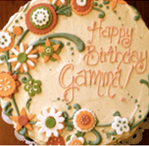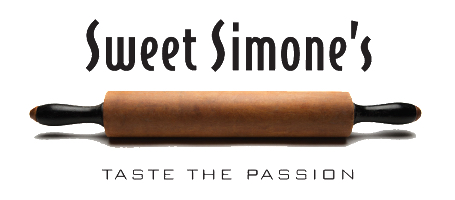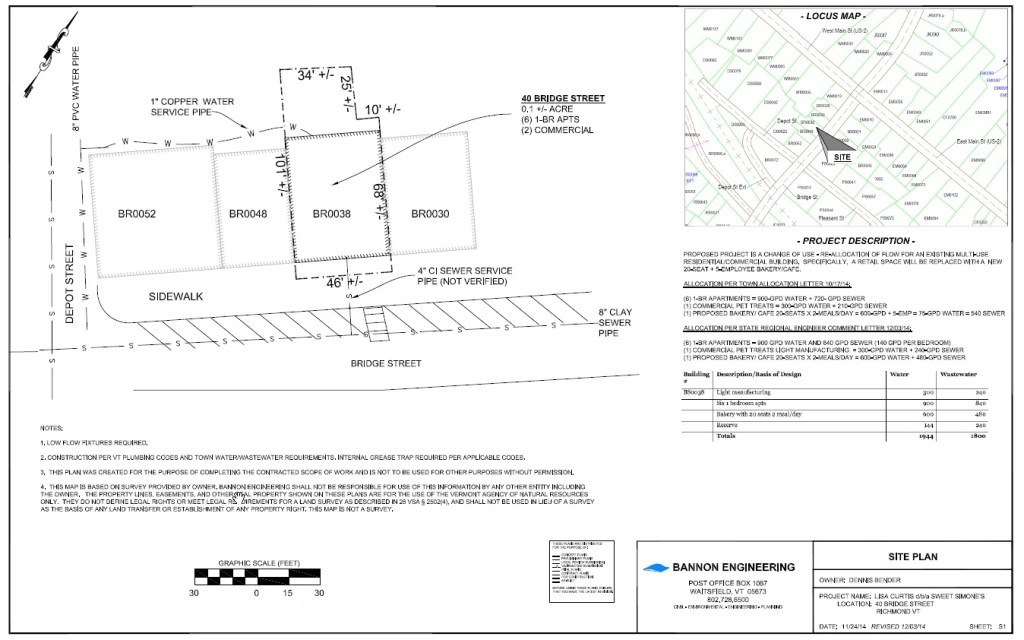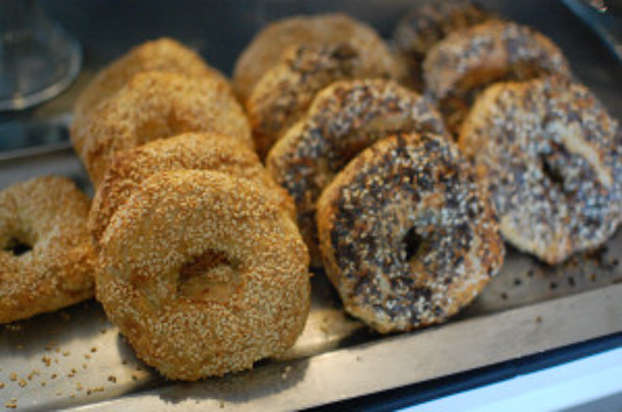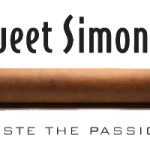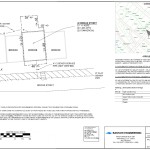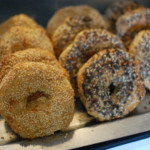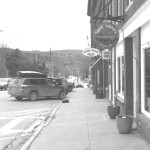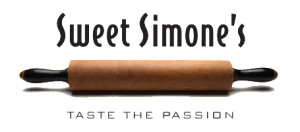Change Use Permit Made Easy
Opening a new bakery in an existing building requires a change use permit. Sweet Simone’s bakery café bakes all of their goodies from scratch. They use the freshest, purest ingredients available. The bakery crafts custom wedding cakes and specialty cakes for any special occasion and offer an ever-changing selection of delectable pastries, cupcakes, pies, cookies, tarts, fresh bagels, scones, muffins and much more. They make all of their creations on the premises in Richmond, Vermont.
Lisa, owner of Sweet Simone’s, grew up in a family that was surrounded by food. Her mom, Barbra, was always in the kitchen mixing up some delicious meal or dessert Her brother, Jason, a trained chef, traveled all over the world working and learning from the best of the best Lisa shares in the love for food, but particularly it was dessert that she had a passion for. When the opportunity came to open her own shop, she was up for the challenge and ready to make her mark. Starting a new bakery can be challenging. The new bakery cafe needed local and State permits.
A local town of Richmond zoning change use, water, and sewer change use permit and water and sewer allocations were required. A State of Vermont Water and Wastewater Sewer permit was required along with a Vermont Agency of Agriculture Food and Market’s permit and fire code permit For assistance, Lisa turned to Bannon Engineering for help for change use permitting assistance and engineering support to open the new bakery and cafe. The project involved estimating water and waste water usage, preparing a site plan showing where the utilities enter and exit the building, determining whether the sewer and water pipes were sized for the intended use.
“10 out of 10”
“Mark was very helpful with my waste water permit. Thorough and punctual. Thank you”
– Sweet Simone’s
Most municipalities require a grease trap to be installed at restaurants. Two types of grease traps are available. Small plumbing grease traps are required under the sinks. These units are small fitting on the pipes. They are accessible from under the sinks. The second type of grease trap is a large buried tank style. These units are most required for restaurants or bakeries served by on-site septic systems or large high volume restaurants and fast food franchises. Buried grease traps are large minimum 1,000-gallon buried tanks with manhole covers. The buried grease trap tanks are serviced by a hauler on a monthly schedule.
On the water side, the plumbing code requires an air gap on the incoming water as a back flow preventer. An air gap, as it relates to the plumbing trade, is the unobstructed vertical space between the water outlet and the flood level of a fixture. A simple example is the space between a wall mounted faucet and the sink rim (this space is the air gap). Water can easily flow from the faucet into the sink, but there is no way that water can flow from the sink into the faucet without modifying the system. This arrangement will prevent any contaminants in the sink from flowing into the potable water system by siphonage and is the least expensive form of back flow prevention.
Bannon Engineering has a passion helping your small business succeed. Some of our best clients started simple and have come back to us time and time again as their business grew. As you succeed, we succeed!
Sweet Simone’s is open everyday, stop in for the best coffee and espresso and something fresh baked and delicious.

